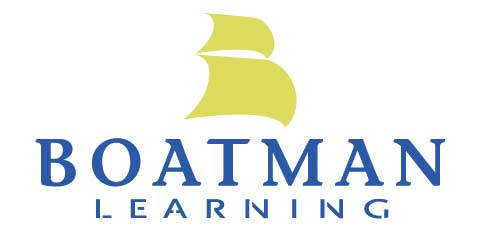The sales training industry is way overdue for transformation. How we know? First, we’re veterans of the sales training industry, and we’ve both spent time on the inside of multiple sales training vendors. And we’ve found the vast majority of client engagements last two years or less.
Second, most companies who invest in sales development tend to have brought in multiple programs, and to have bits and pieces of previous programs lying about in practice.
In short, it’s not working. Traditional sales training is not working.
Why this sad state of affairs?
Traditional sales training is incredibly inefficient. The one-size-fits-all approach to developing sales training content (write once, sell many) may be efficient for those who create sales training content. But it’s NOT for the people who are left to figure out how to make one-size fit anyone, much less all. Plus, companies often lack the resources to integrate, coach, and reinforce a foreign methodology or practice. All that’s left is for the inertia of the host organism to kill off a weak program.
Commercially available sales training content is just guesses. No matter the research base, if sales training content isn’t based on empirical data from your sellers, it’s just guessing at what will work for your company now. Therefore, rented sales training (meaning borrowed from someone else’s research base for a fee) has such low adoption and such high turnover.
Off-the-shelf training lacks validity. Have you ever wondered why sellers roll their eyes when they hear about sales training? Is it because they hate learning and possibly getting better at what they do? No! They roll their eyes because deep down, they know that content based on research from outside probably won’t reflect their sales reality. Sellers may tolerate the sales training, but the lack of relevance – face validity – is giving them an excuse to tune out.
Traditional sales training isn’t enough. Classroom time serves a unique purpose: To provide a safe environment for people to practice, fail, get feedback, and learn. But it’s just the start of the process of converting learning into on the job behavior. Traditional sales training providers tend to limit the practice, observation, and feedback opportunity to a single or perhaps just a few interventions over an extended period of time. By providing only a little practice or allowing large gaps of time between practice sessions, traditional sales training solutions lack the most important driver of sales skills improvement: Feedback!
The Stealth Transformation
Some transformations are sudden and explosive – like when a firecracker explodes. Others occur gradually, like a tadpole growing legs. We believe sales training is an example of the latter.
How will this transformation occur? Not likely with a bang – there will be no cataclysmic event that causes all the sales training vendors to go extinct. Rather, you’ll begin to see changes like these gradually take over:
- Companies opt for DIY (Do It Yourself) and BYO (Build Your Own) sales training content that mirrors their own “Way” of selling. Licenses to traditional sales training programs will become increasingly harder to sell.
- Sales Management and L&D will harness the power of their own sales data to create their own specialized learning objectives, and not rely on a vendor’s guesses.
- Calories spent on training salespeople will be spent on training and enabling sales management and sales coaches.
- The blended, flipped classroom will predominate, and sales training “seminars” will become an endangered species, despite the cries of the traditionalists and the self-interested.
- Adaptive learning technology will become the method of choice for developing sellers’ knowledge base due to its efficiency and effectiveness in delivering learning to the individual.
Sales and learning leaders, renting traditional sales training programs is okay IF people are really buying it, using it, and managing with it. In any other case, it’s time to consider new options – the time is right to transform the way you develop your salespeople.

